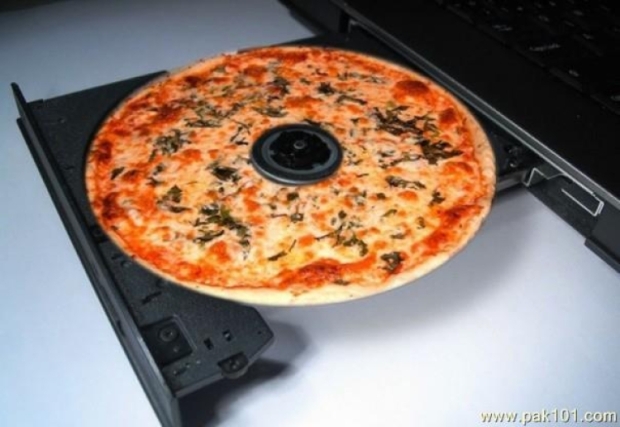Top IIT boffin Mario Caironi said that the batteries have been made so that they can be installed in kids’ toys. Children have a nasty habit of swallowing batteries in toys because they can.
Caironi said that other than serving as an alternative to conventional toxic toy batteries, the edible battery from IIT could also play a key role in making healthcare applications safer.
Doctors have to be cautious about small electronic devices (such as drug-delivery robots, biosensors, etc.) inside the human body, as they come equipped with batteries made of toxic substances.
Ivan K. Ilic, first author of the study and a postdoctoral researcher at IIT, told Ars Technica: that a battery damages human tissue by doing water electrolysis and by the fact it is made up of toxic materials.
Water electrolysis is a phenomenon where electricity with a voltage higher than 1.2 V (virtually all commercial batteries) breaks water into oxygen and hydrogen (an explosive gas). It is hazardous if it occurs in the stomach.
“Our battery is way below this voltage, around 0.65 V, so water electrolysis cannot occur. On the other hand, we used only food materials, so nothing is toxic"
Before the battery is useful, however, the researchers will need first to enhance the battery's power capacity. Currently, the edible battery can supply 48 microamperes of current for a bit over 10 minutes.
This means it can meet the power demand of a miniature medical device or a small LED.
"These batteries are no competition to ordinary batteries -- they will not power electric cars -- but they are meant to power edible electronics and maybe some other niche applications, so their main advantage is non-toxicity," said Ilic.
The Italian recipe uses quercetin, a pigment found in almonds and capers, as the battery cathode, whereas riboflavin (vitamin B2) makes up the battery anode. Nori (edible seaweed that is used in the wrapping of sushi rolls) was used as a separator and aqueous NaHSO4 as the electrolyte. - Activated charcoal is employed to achieve high electrical conductivity in the battery.
The battery electrodes come covered in beeswax and connect to a gold foil (used to cover pastries) that laminates a supporting structure made of ethyl cellulose."




